Olive tourism in Albania is in its early stages
Before I went to Albania in September and October of 2022, I researched a fair amount about olive trees, olives, and olive oil in Albania. Being a lover of all things olive, I wanted to include olive related activities in my trip. These days, the term for this is “olive tourism.” I found statistics about olive production and consumption and a few websites of oil producers, but only one website on agrotourism with a page titled Olive Tours. Yet the only information on the Olive Tours page was a list of several olive oil producers and a Google map with their pinned locations. This is not to critique Albania, but to illustrate that it is very much in the nascent stages of an organized “olive tourism” industry. Though Albania has yet to mature into an olive tourism, other countries are well along that path and numerous programs exist from which to draw ideas and inspiration.
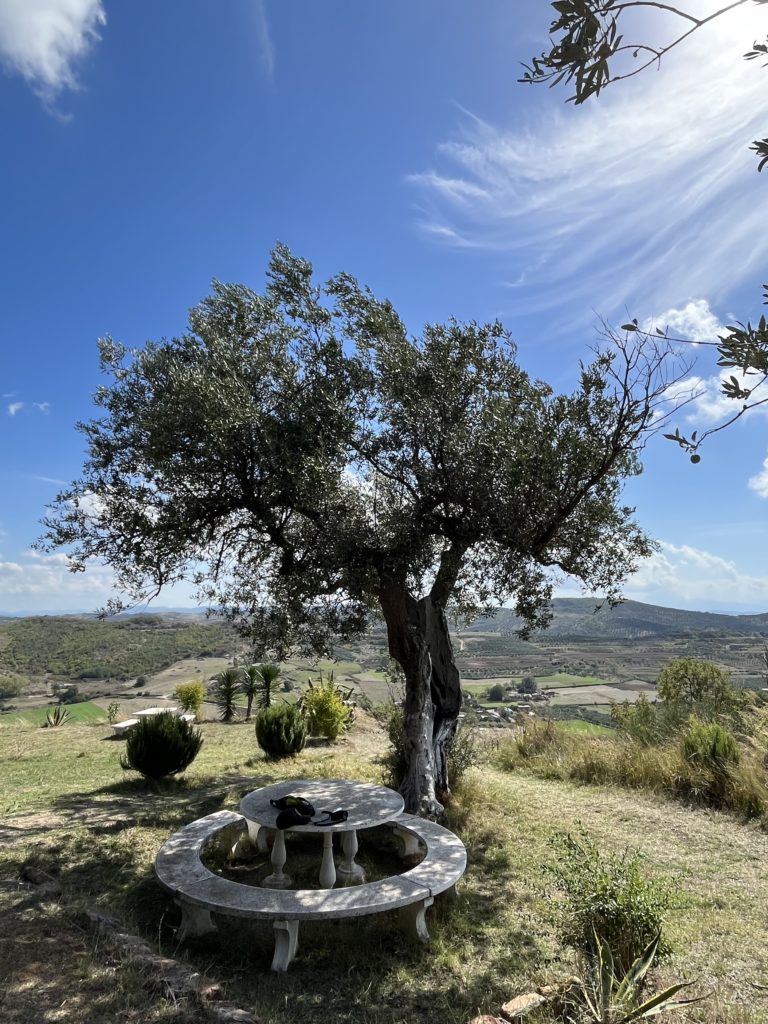
Defining olive tourism
The term “olive tourism”, according to the April 7, 2022 article on the website Greece-Is.com entitled Olive Tourism: A New Greek Travel Trend is Born, was “first used in Spain in 2002 to describe the totality of travel experiences relating to the olive and olive oil.” Today, the concept of olive tourism is being expanded in Greece to include everything from visits to olive presses and olive oil tasting sessions to spa treatments using olive-based products. This promise of this new sector of tourism has led the Greek Tourism Ministry to introduce quality standards for olive presses that are open to the public. The creation of standards, while adding to the cost of entry to the sector, and also implying strength of internal political mechanisms to define, implement, and enforce them, generates the necessary confidence in the tourism promotion sector, and subsequently, in the potential tourists themselves, that this will be a worthy experience to plan for and book in advance. In addition, by including activities around the olive harvest, which happens in the Autumn, the typical summer tourism season can be expanded.
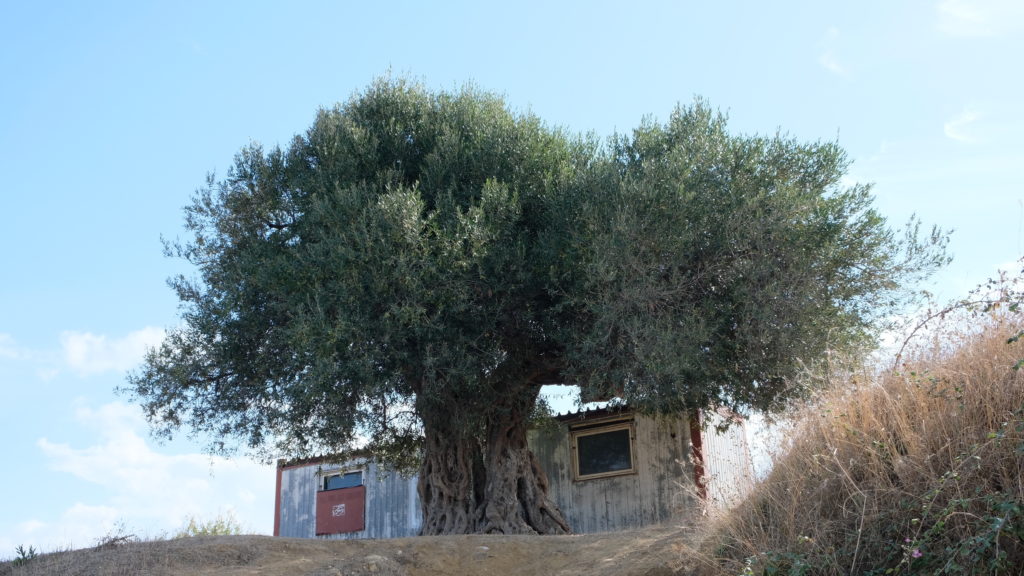
The olive in experiential tourism
This olive tourism, a form of “experiential tourism”, as opposed to mass tourism, and even differentiated from other “alternative” tourism experiences, must be well-defined and executed to be effective, as evidenced in the 2016 Master of Arts in Tourism Master Thesis Experiential Marketing and Cultural Routes: The Case Study of the Routes of the Olive Tree. In it’s one hundred seventy pages, Eugenio Conti and Ioanna Pechlivanidou elucidate the the myriad components and challenges involved in constructing olive routes and conclude in part, “that the Routes of the Olive Tree constructs a peculiar idea of authentic experience, related with being healthy, valuable, beneficial, meaningful and connected with the roots of the local culture: this stands in clear opposition to images related with mass tourism and mass production.” In addition, they identify the need to provide an authentic experience both through the route’s construction and its differentiation.
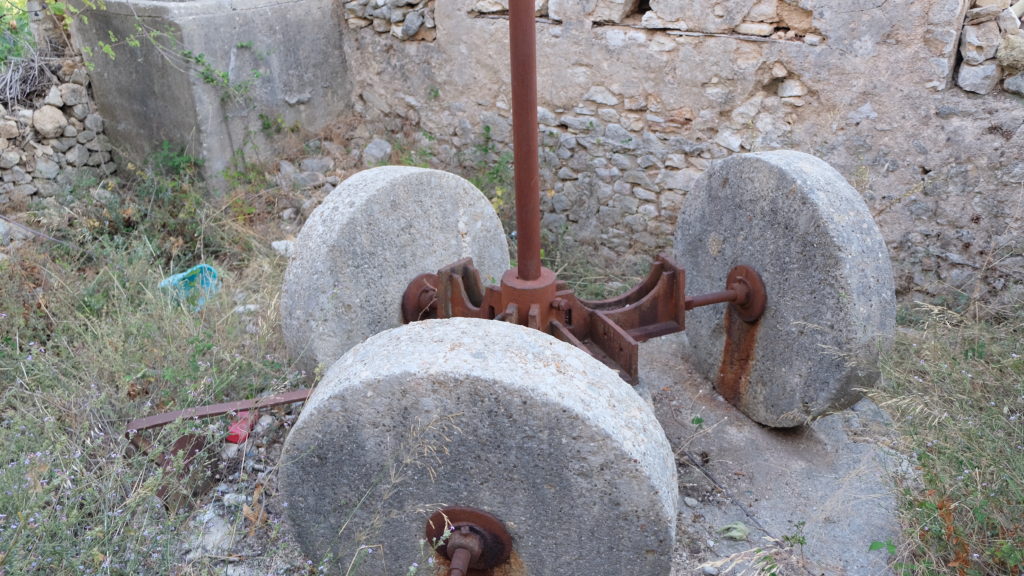
Examples of a developing olive tourism industry
Italy, like Greece, boasts a growing olive tourism sector. The Associazione Nazionale Cittá dell’Olio. promotes olive tourism on a national scale. For example, on 30 October, 2022 the Caminata Tra Gli Olivi, Walk among the olive trees will occur in 171 cities across Italy. Their efforts expand tourism to include health through walking and exercise, rediscovery of forgotten landscapes, the revitalization of places through traditional historical context, as well as the newer context of experiential tourism. The website includes a map of Italy with pinned locations of all participants with clickable links to each participant’s page with a photo gallery, information about the site and the surrounding area, as well as recipes using the products from that participant’s offerings. They also publish an online magazine Camminata Tra Gli Olivi. Since 2020 they have also held a competition to promote olive-related activities (bike tours, walks and picnics, dinners, concerts, theater events, olive-themed art shows, tastings, courses, massages/wellness offerings, and guided tours) in different categories (oil mills/cooperatives, hotels/B&B/agritourism/historic houses, olive-themed museums, oil shops, restaurants/taverns/pizzerias, tour operator/travel agency/destination management company.
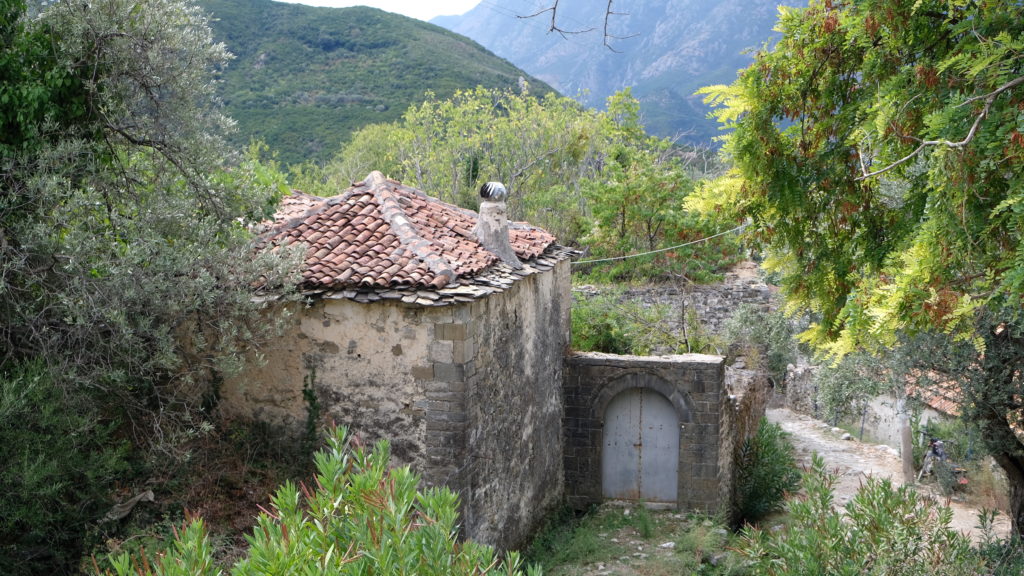
Albania has thousands of years of olive agriculture
Albania has been at the heart of olive agriculture for thousands of years. Olive tree distribution in Albania occurs over 12% of all arable land: along the entire coast from Konispol in the south to Koplik in the north, on intermediate hills, as well as in inland river valleys such as the Shkumbin, Vjosa, Osum, according to Professors Hairi Ismaili and Belul Gixhari of Tirana Agricultural University in the publication The Old Olives of Albania. There are many olive trees in Albania that are at least 3000 years old. Most old castle in Albania have ancient olive trees on site. Yet, of the 14 castles in Tirana County, only 5-6 are tourist attractions, as are only 7-8 of the 19 castles in Vlora County. The publication Report of Gastronomy Tourism in Italy gives an idea of what can eventually be achieved in Albania as its olive tourism industry develops.
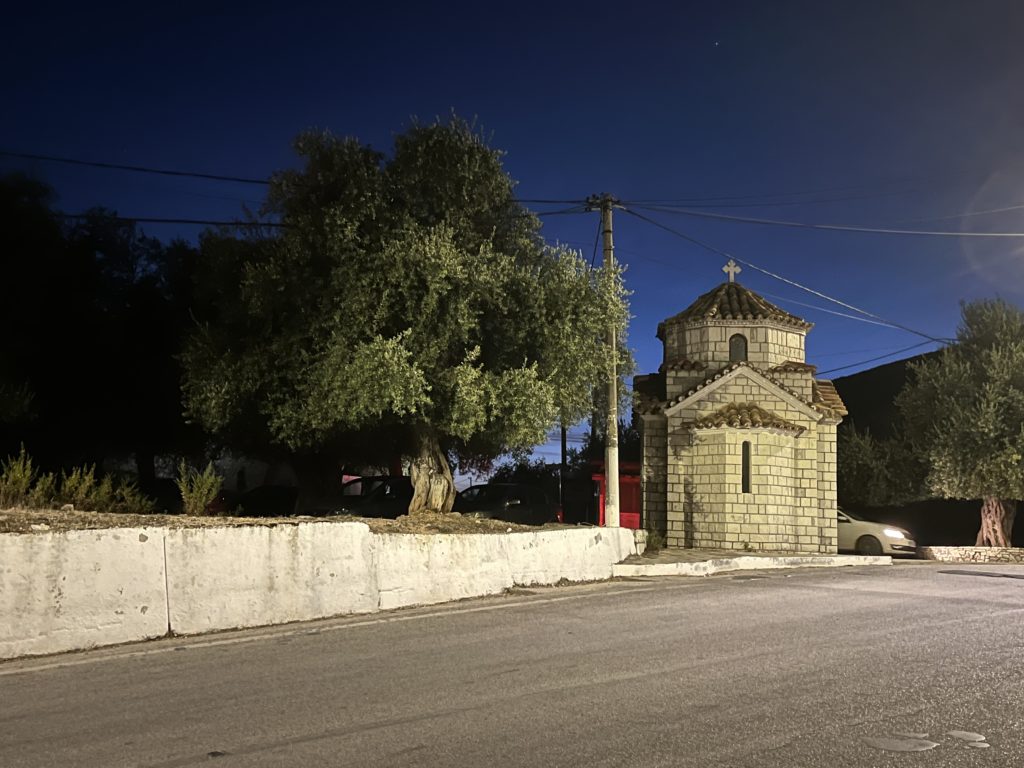
Albania has the raw materials for olive tourism
Suffice it to say that Albania has the raw materials necessary to build an “olive tourism” sector. The data and successful efforts in neighboring countries strongly suggest that it is possible. As a tourist looking for olive-related experiences during my month in Albania in September and October of 2022, I created my own olive tourism. I spent my trip in the south of Albania and Tirana. Almost everywhere, there are olive trees. Some of my best “olive tourism” experiences were walking in terraced groves overlooking the Adriatic and Ionian seas, eating lunch in the ancient groves at Apolonia, tasting and buying olives in street markets, and hunting for extra virgin olive oil by asking the locals in Upper Qeparo village. I hope to witness the growth of Albanian Olive Tourism in the coming years.
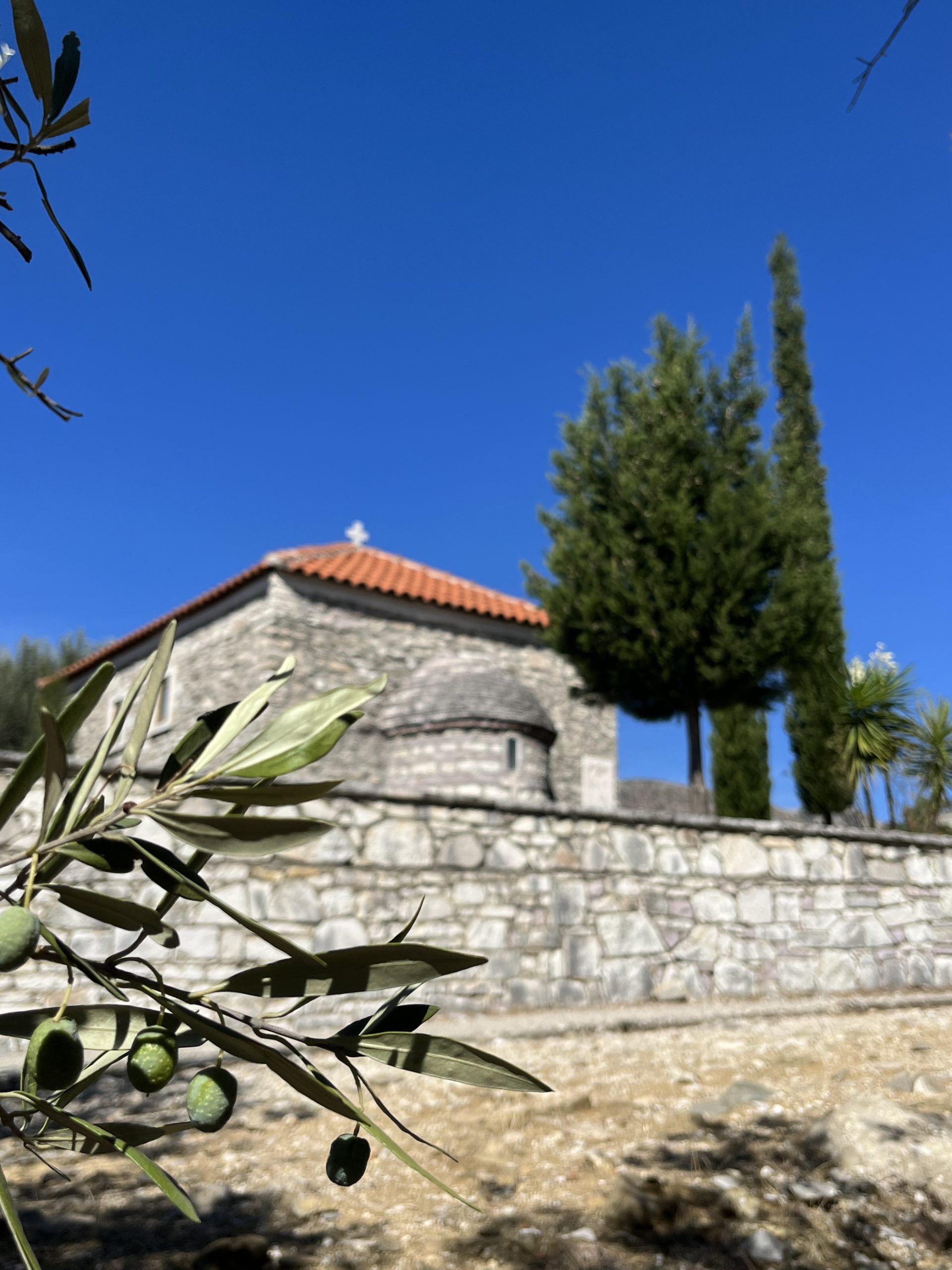
you said: